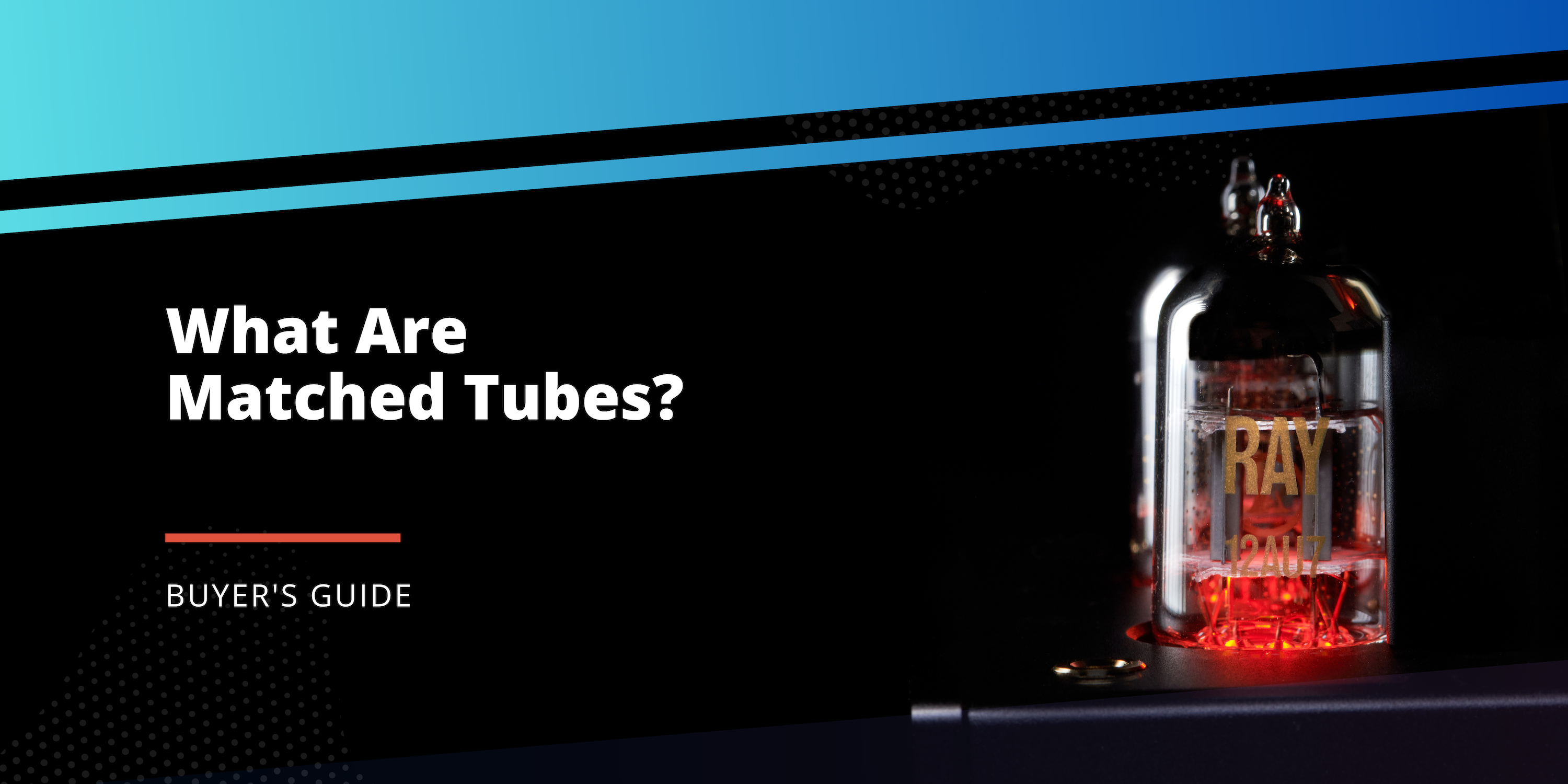
What are Matched Tubes?
The Intricate World of Matched Tubes
Ever wondered why your favorite piece of music just sounds 'right' on certain audio systems? It's possible you're experiencing the impact of matched tubes. These small but mighty components play an integral role in creating the warmth and richness we associate with high-end audio.
But what are matched tubes exactly, and why should they matter to the budding audiophile? Join us as we delve into the precise art of tube matching and why it holds the key to optimal audio output.
A Brief Introduction to Vacuum Tubes
Vacuum tubes, once the heartbeat of all electronic devices from radios to televisions, are having a resurgence among audiophiles. Their distinct tonal qualities, characterized by a rich, warm sound, have won them a dedicated fan base in the audio community.
Although transistors have replaced tubes in most modern electronic equipment, many high-end audio products still use them. That's because tubes can provide a listening experience that's truly unparalleled.
The Art of Matched Tubes
So, where do matched tubes fit into this? Matched tubes are essentially pairs or sets of vacuum tubes that have been tested and selected to have similar electrical characteristics. This is important in stereo amplifiers, where one tube amplifies the left channel and another the right.
Having a matched pair ensures that the sound from each channel is balanced. If one tube conducts more or less current than the other, the sound stage will skew to one side, detracting from your listening experience. Matched tubes solve this problem, delivering an immersive, balanced, and high-quality sound.
With Apos Ray Vacuum Tubes, only 4% of the tubes we manufacture pass our strict quality assurance test and go on to be sold on our site.
The Step-By-Step Matching Process
Tube matching is an art that requires a lot of precision. Here's a simplified overview of how it happens:
- Initial Testing: Each tube is tested for any defects and basic electrical parameters.
- Break-in Period: The tubes are powered on for a specific period to stabilize them. This is known as the "break-in" or "burn-in" period.
- Matching: After the break-in period, the tubes are tested again. Tubes with similar performance characteristics (like current draw and gain) are grouped together. These become your matched pairs or sets.
This process ensures that the tubes in each matched pair will work synchronously, delivering a balanced output.
Why Matched Tubes Matter: Unraveling the Audiophile Perspective
In the audiophile community, attention to detail is key. That's why matched tubes are such a big deal. These tubes offer a level of sound symmetry that can significantly enhance the listener's experience. Matched tubes ensure a consistent, harmonious sound output, which is particularly noticeable when listening to stereo recordings.
Unmatched tubes can result in an uneven sound stage, meaning one channel may seem louder or brighter than the other. Matched tubes eliminate this inconsistency, ensuring an immersive, balanced soundscape.
The Making of Apos Audio Matched Tubes
At Apos Audio, we understand the impact matched tubes can have on your listening experience. That's why our Apos Ray Vacuum Tubes are carefully hand-selected and matched to meet strict quality standards.
By focusing on fresh, newly minted tubes rather than relying on New Old Stock (NOS), we ensure that only the best, most consistent tubes make it to your audio setup.
Conclusion
Whether you're a seasoned audiophile or just starting your audio journey, we hope this exploration into the world of matched tubes has been enlightening. Remember, the pursuit of perfect sound is a journey, not a destination. So, plug in, tune in, and let your audio journey begin.


